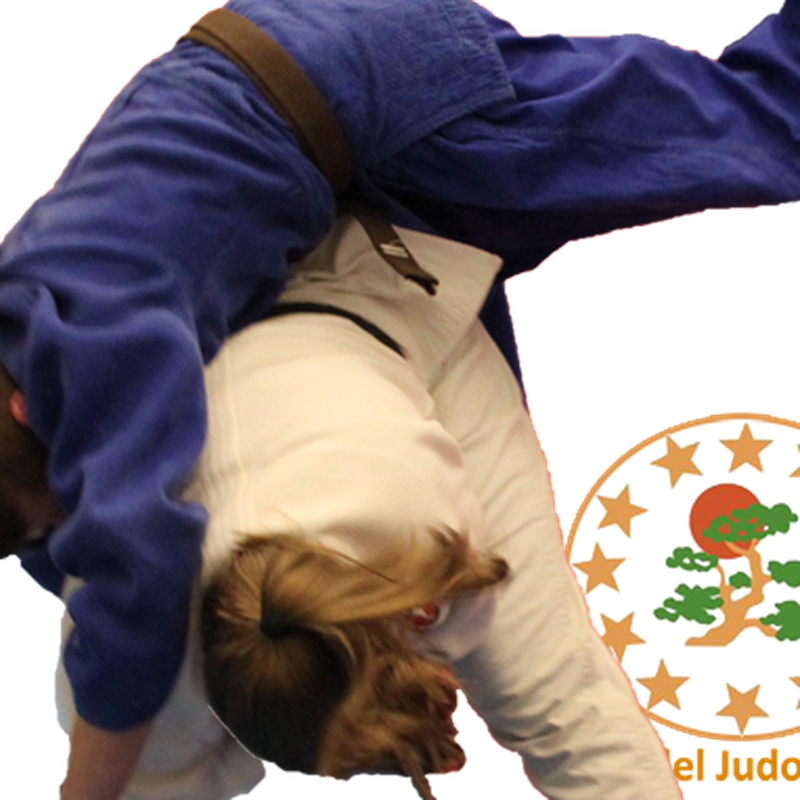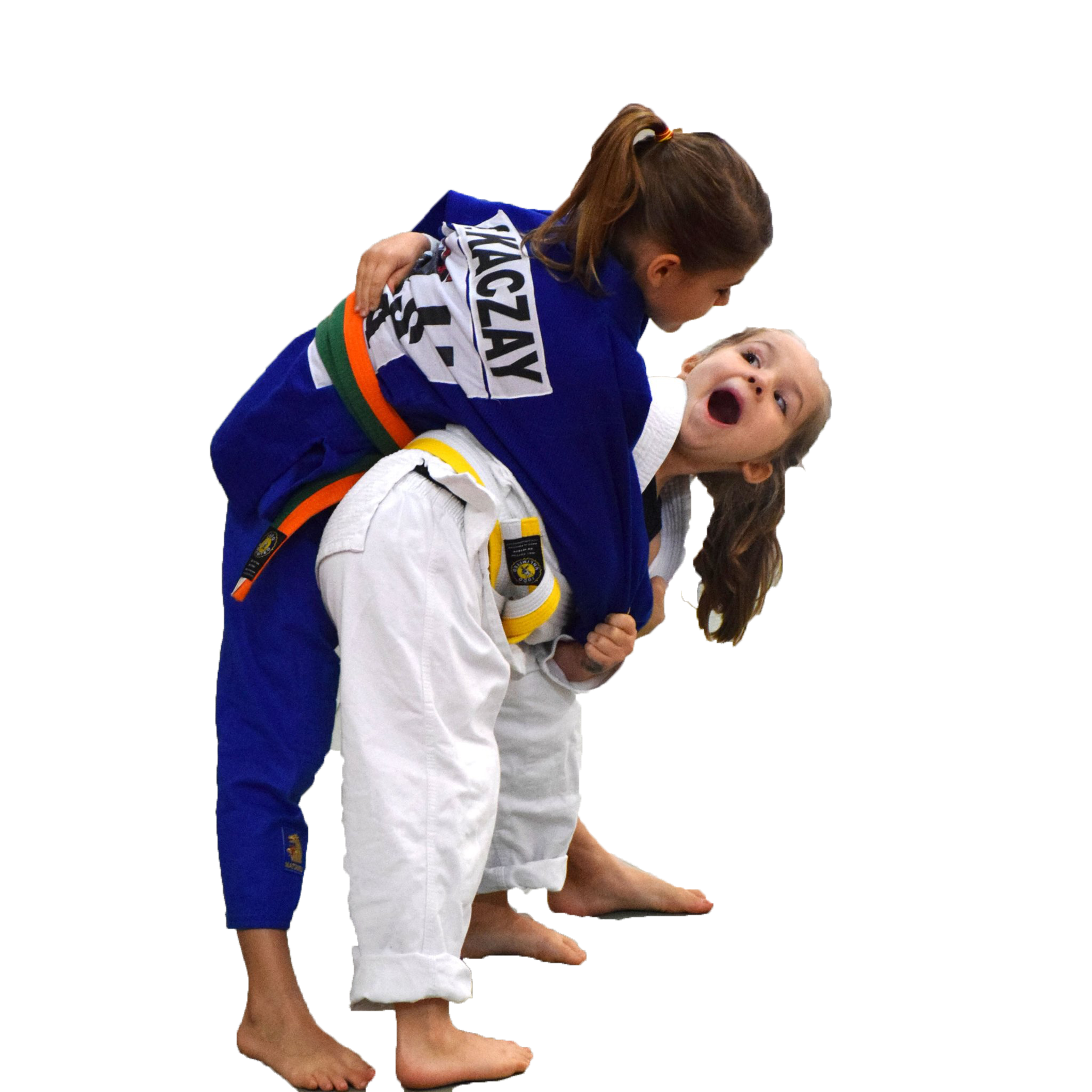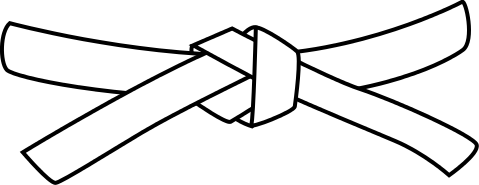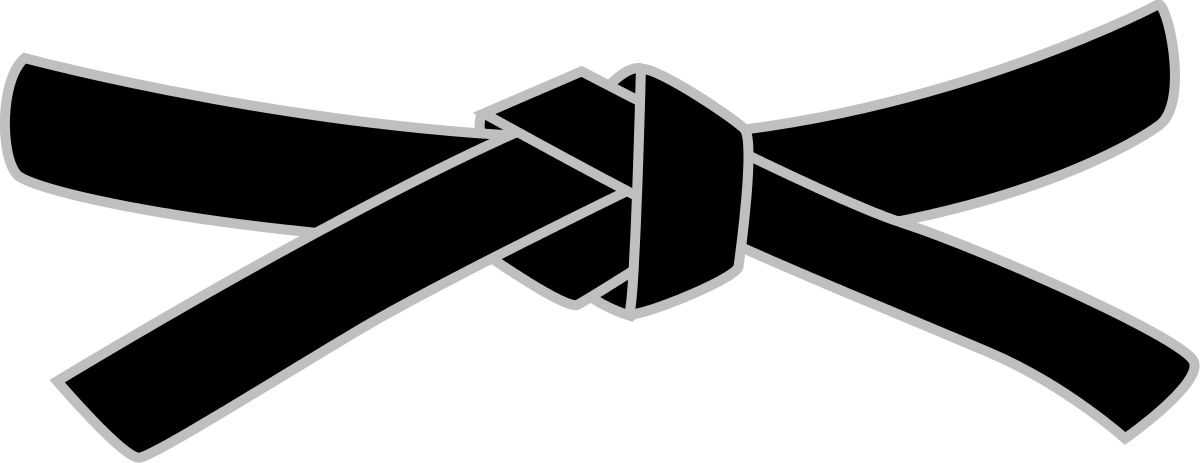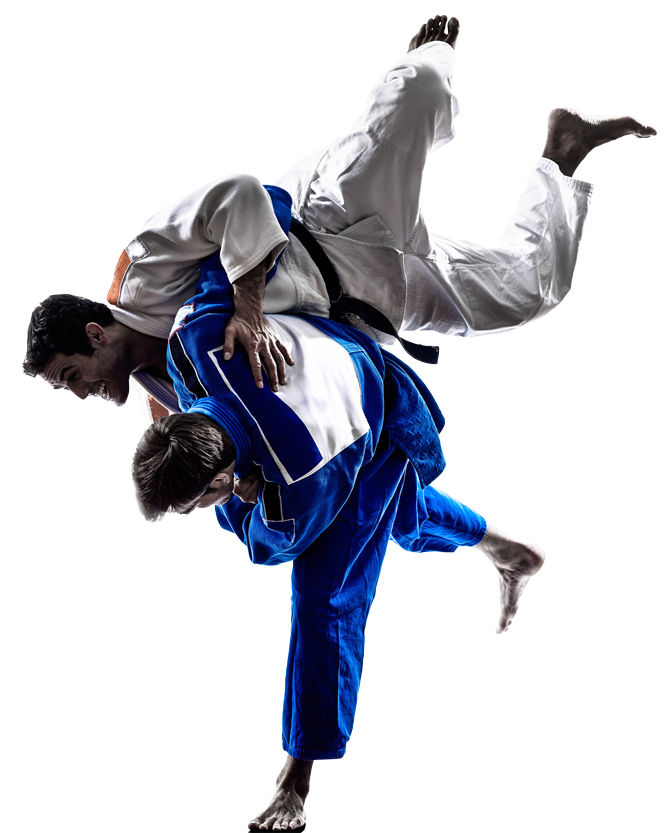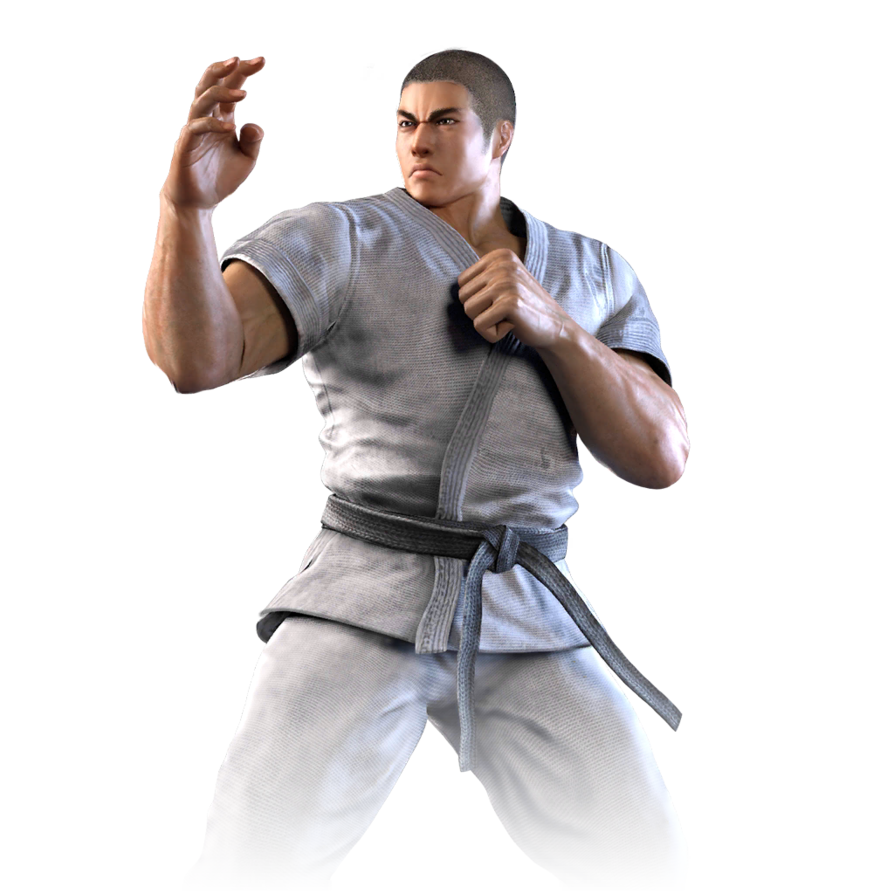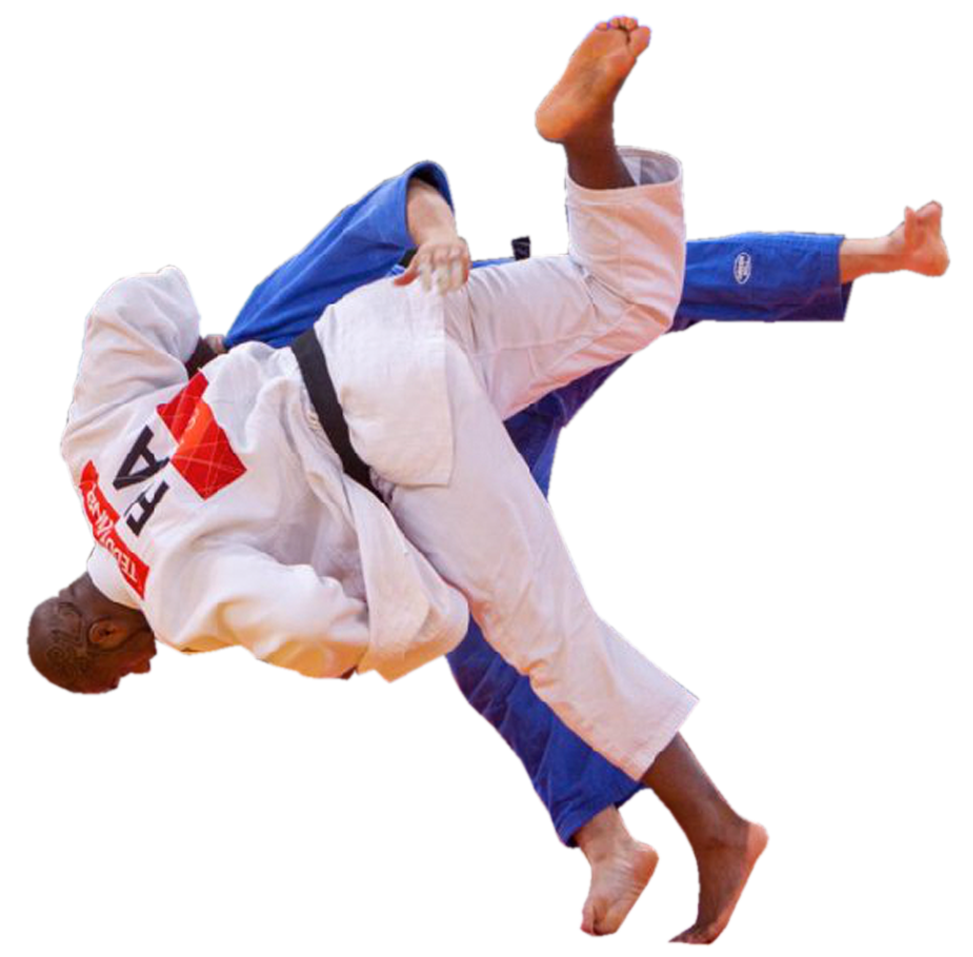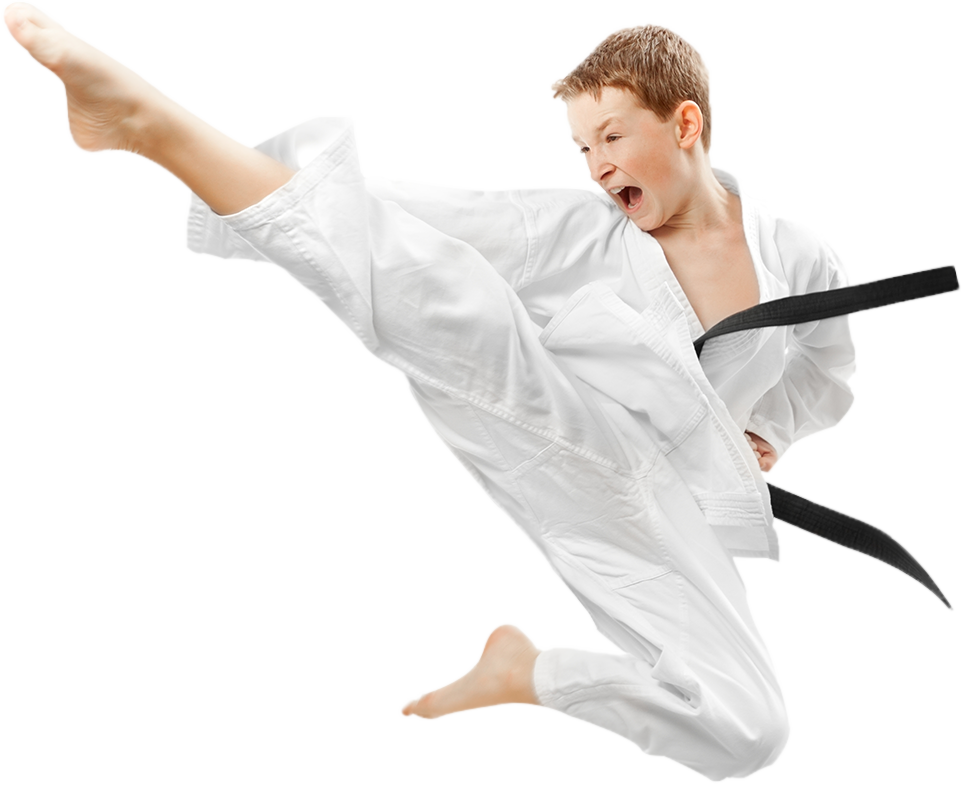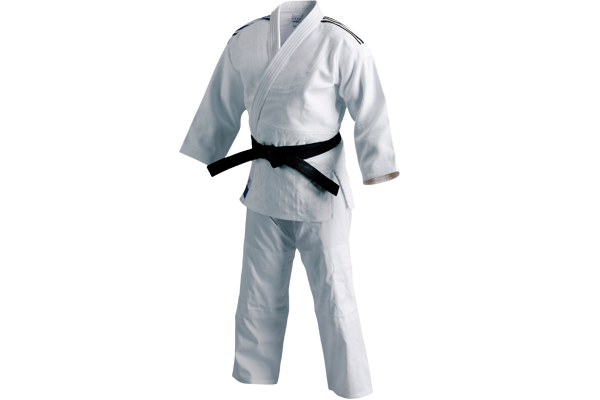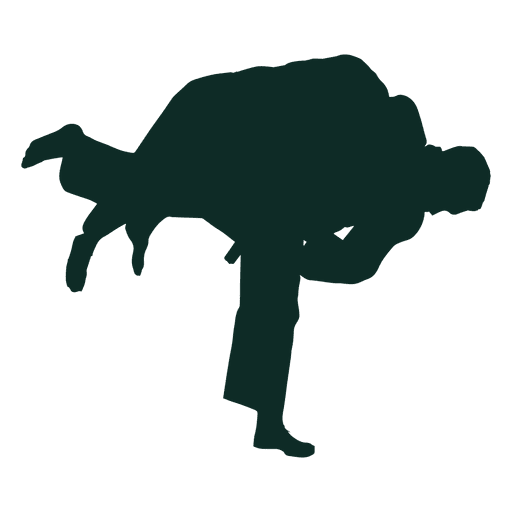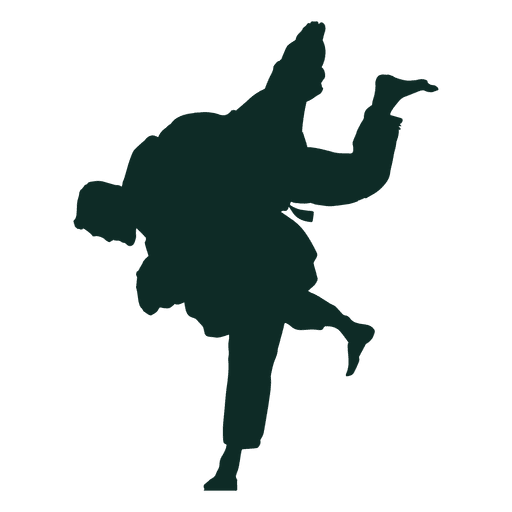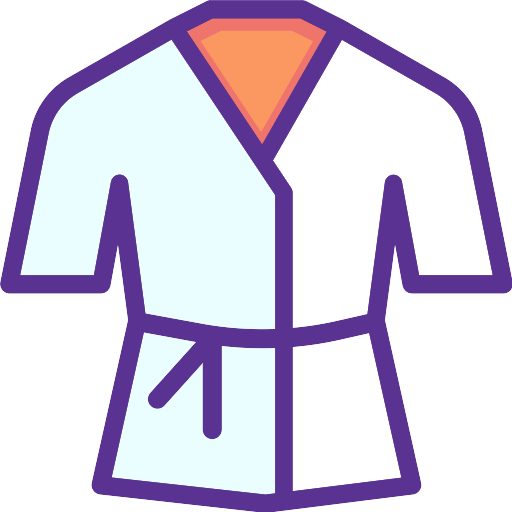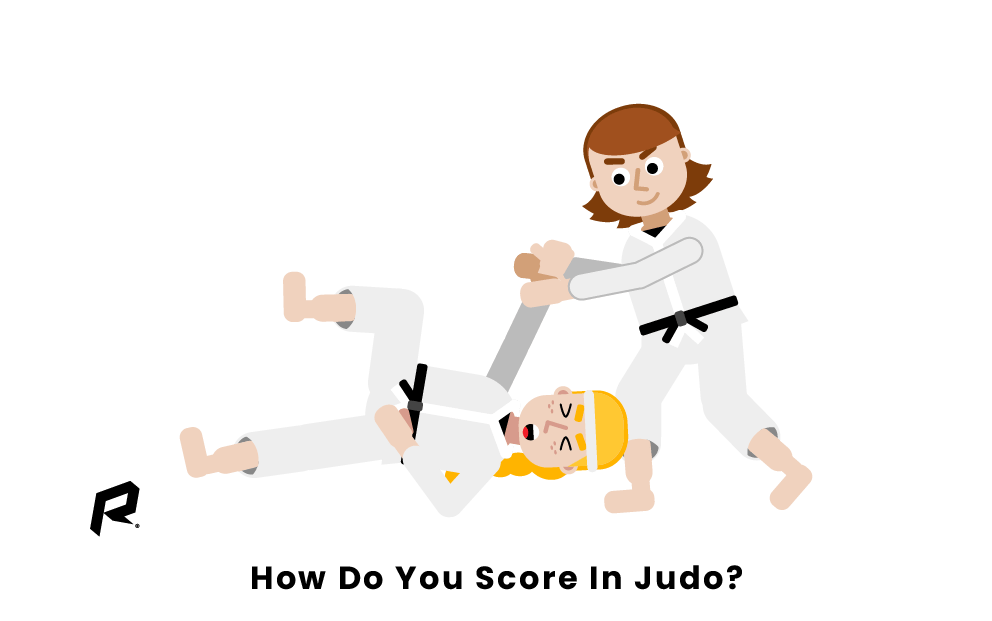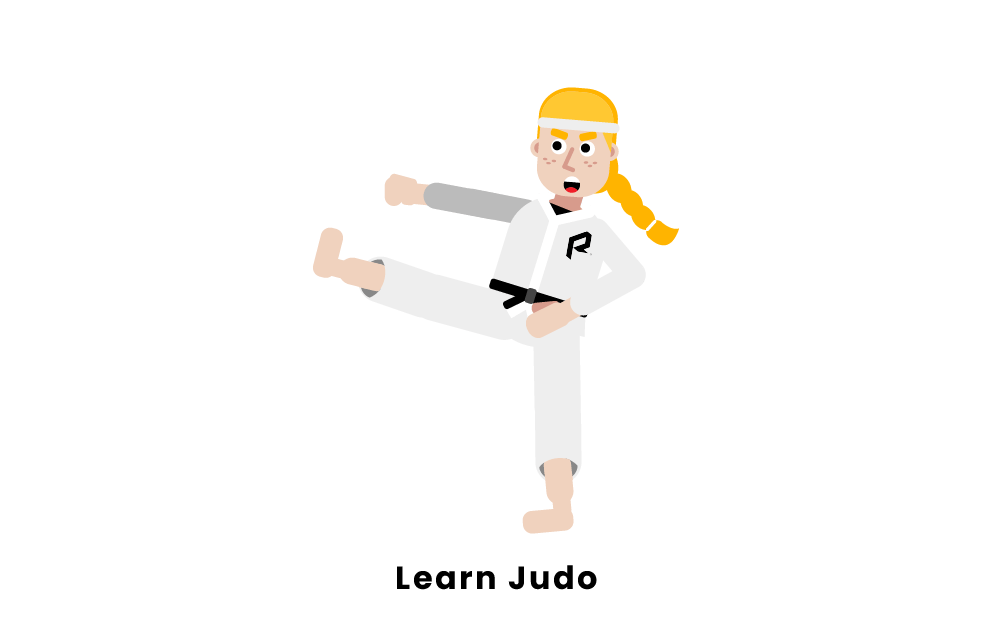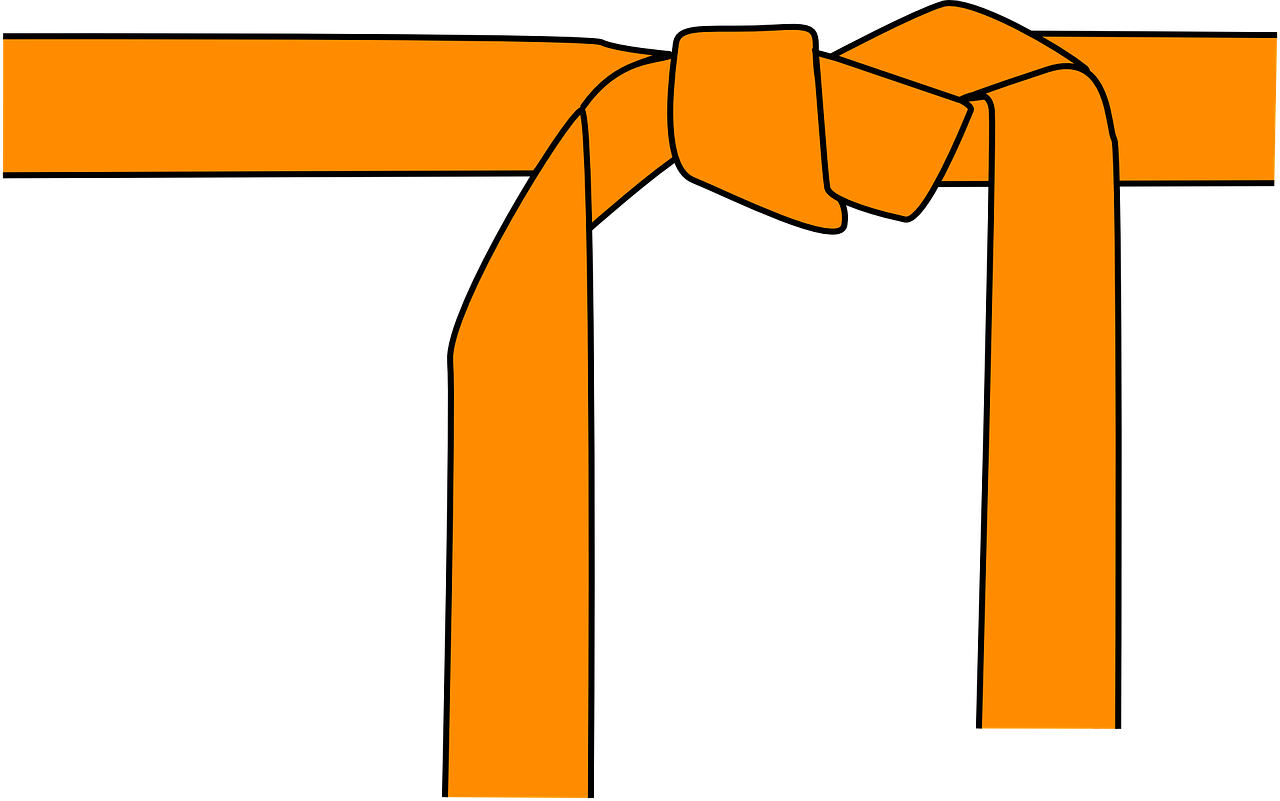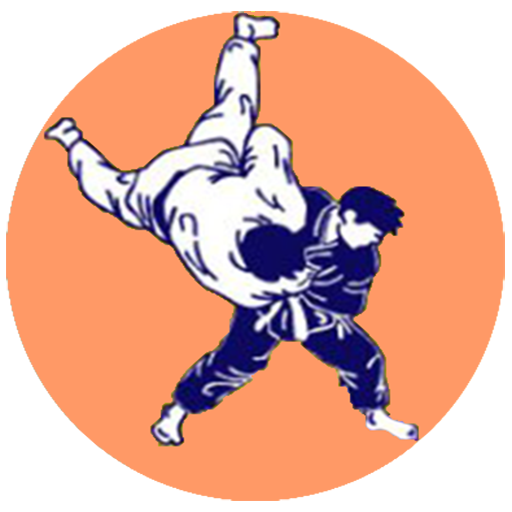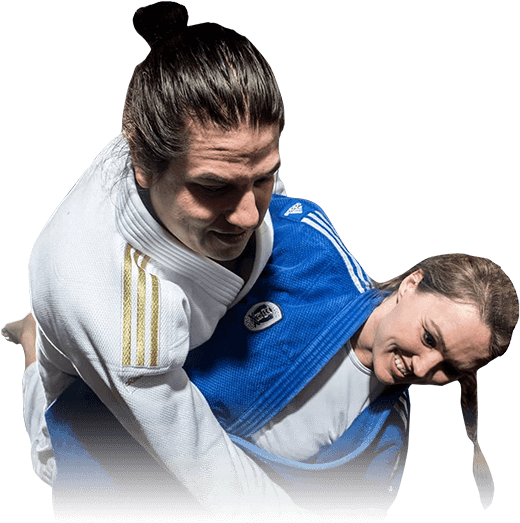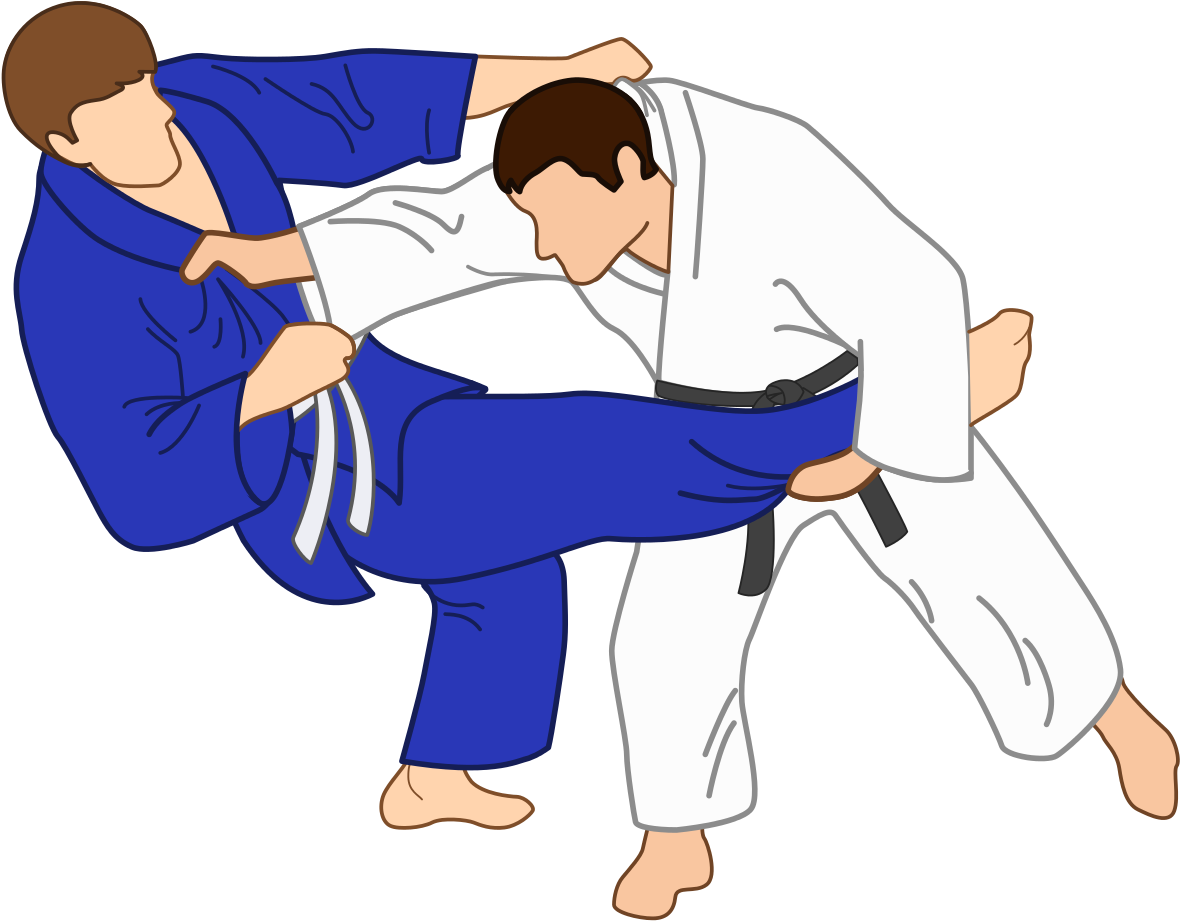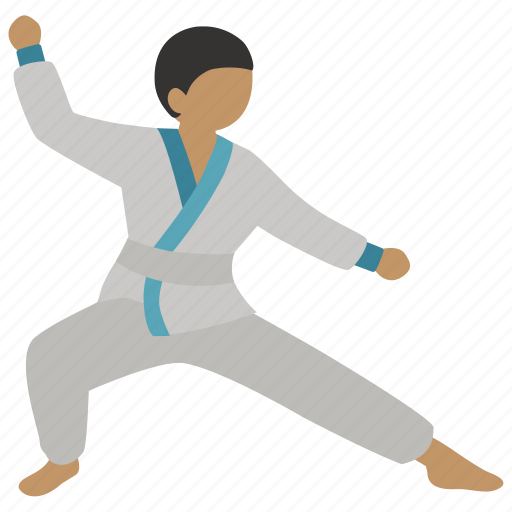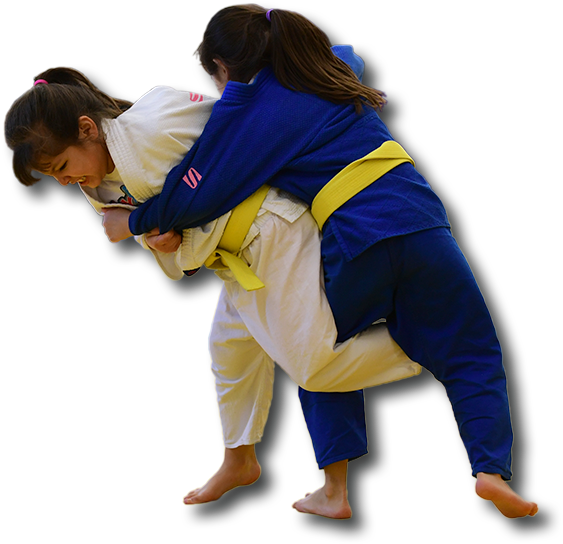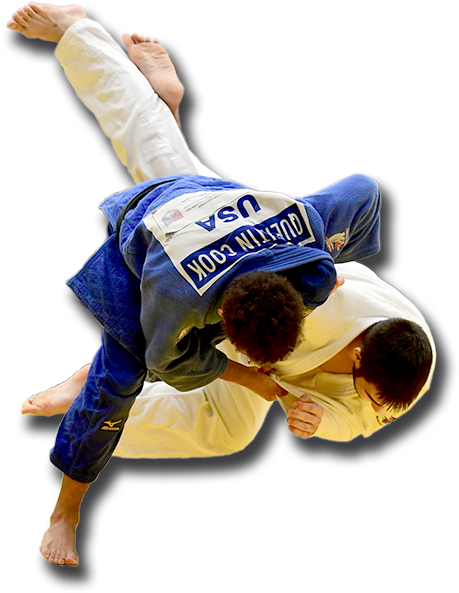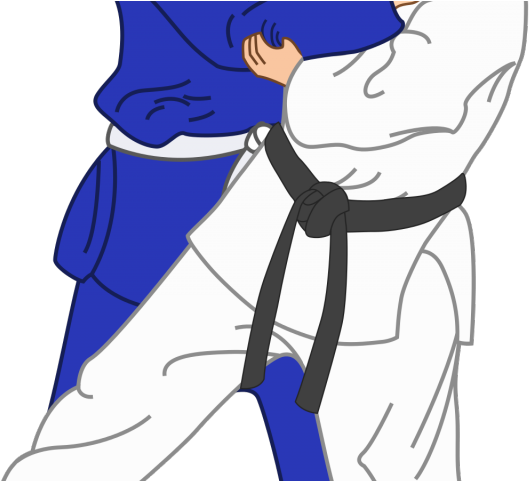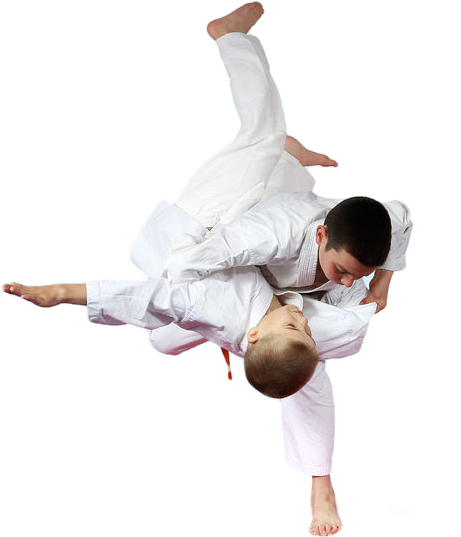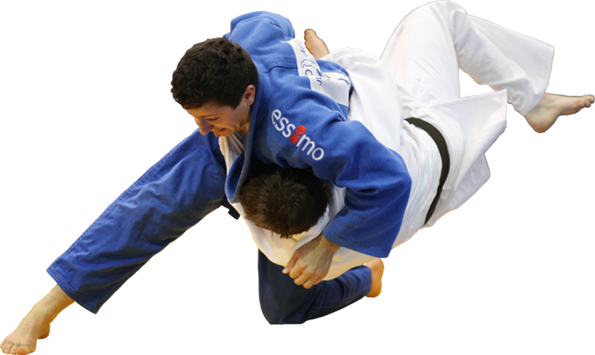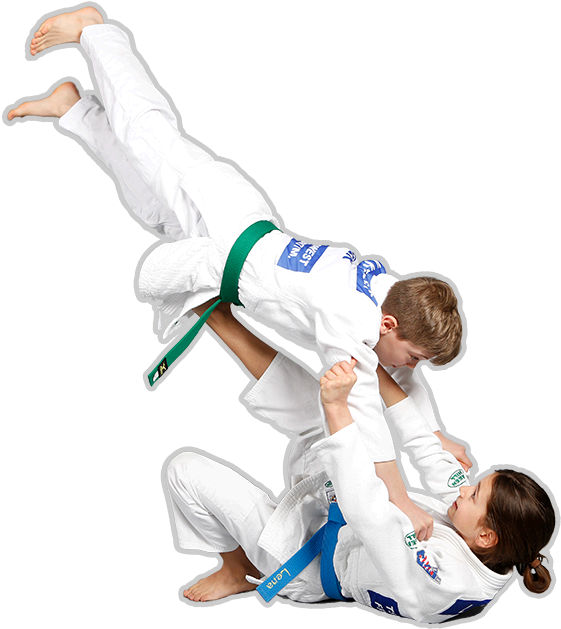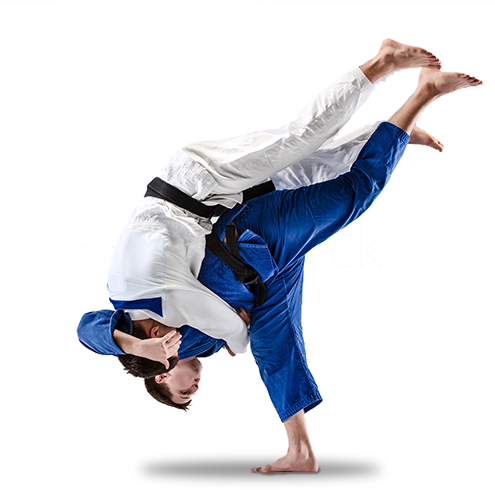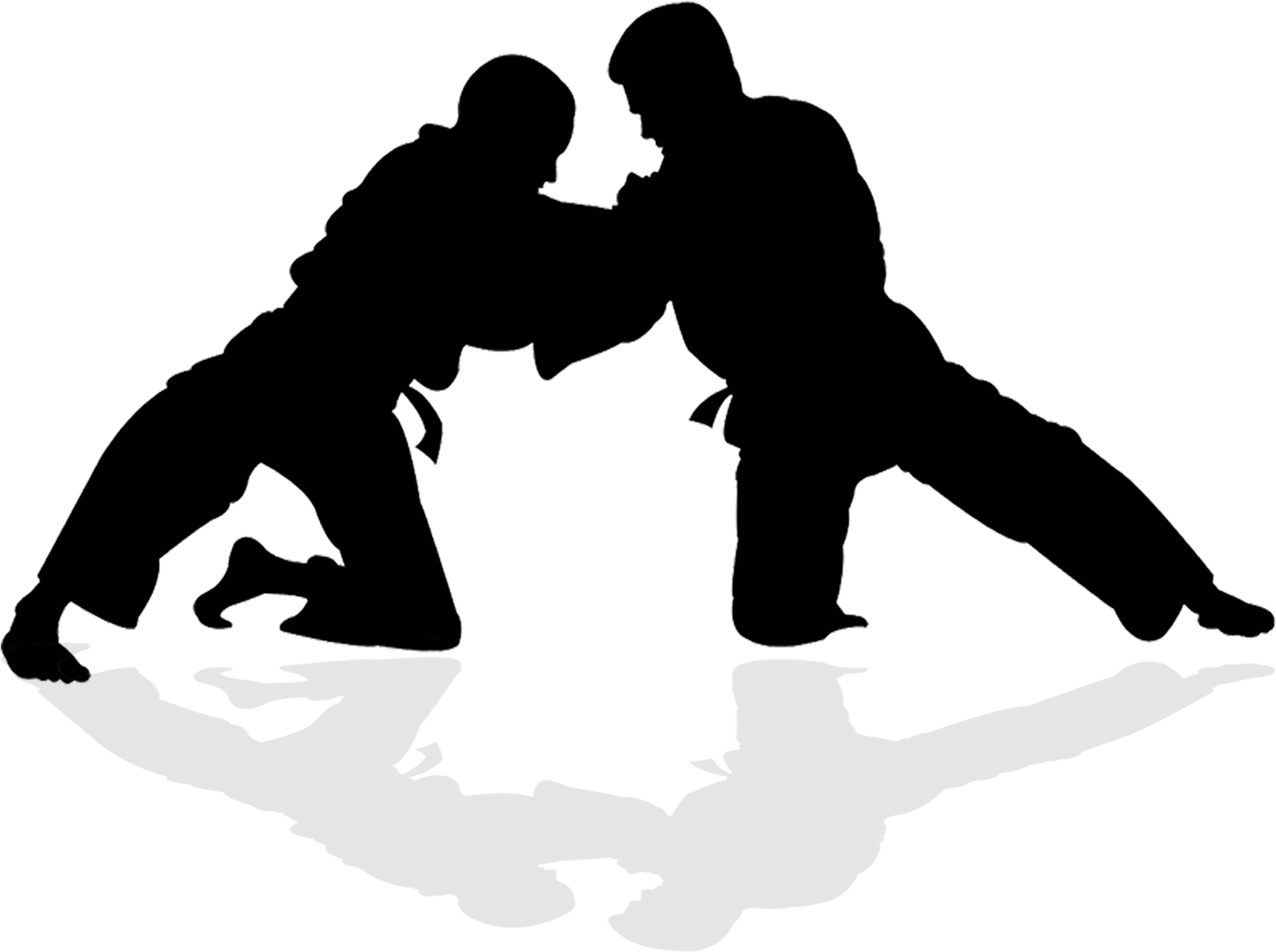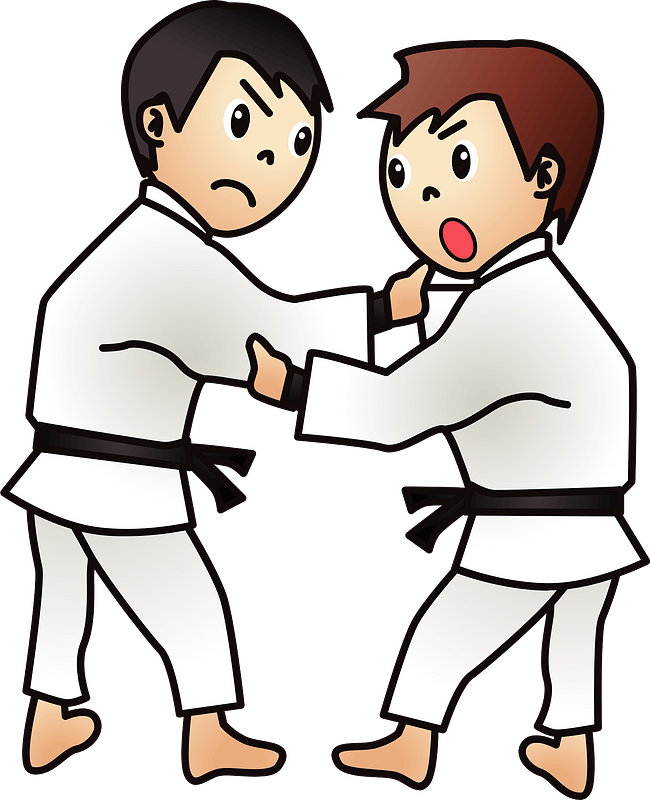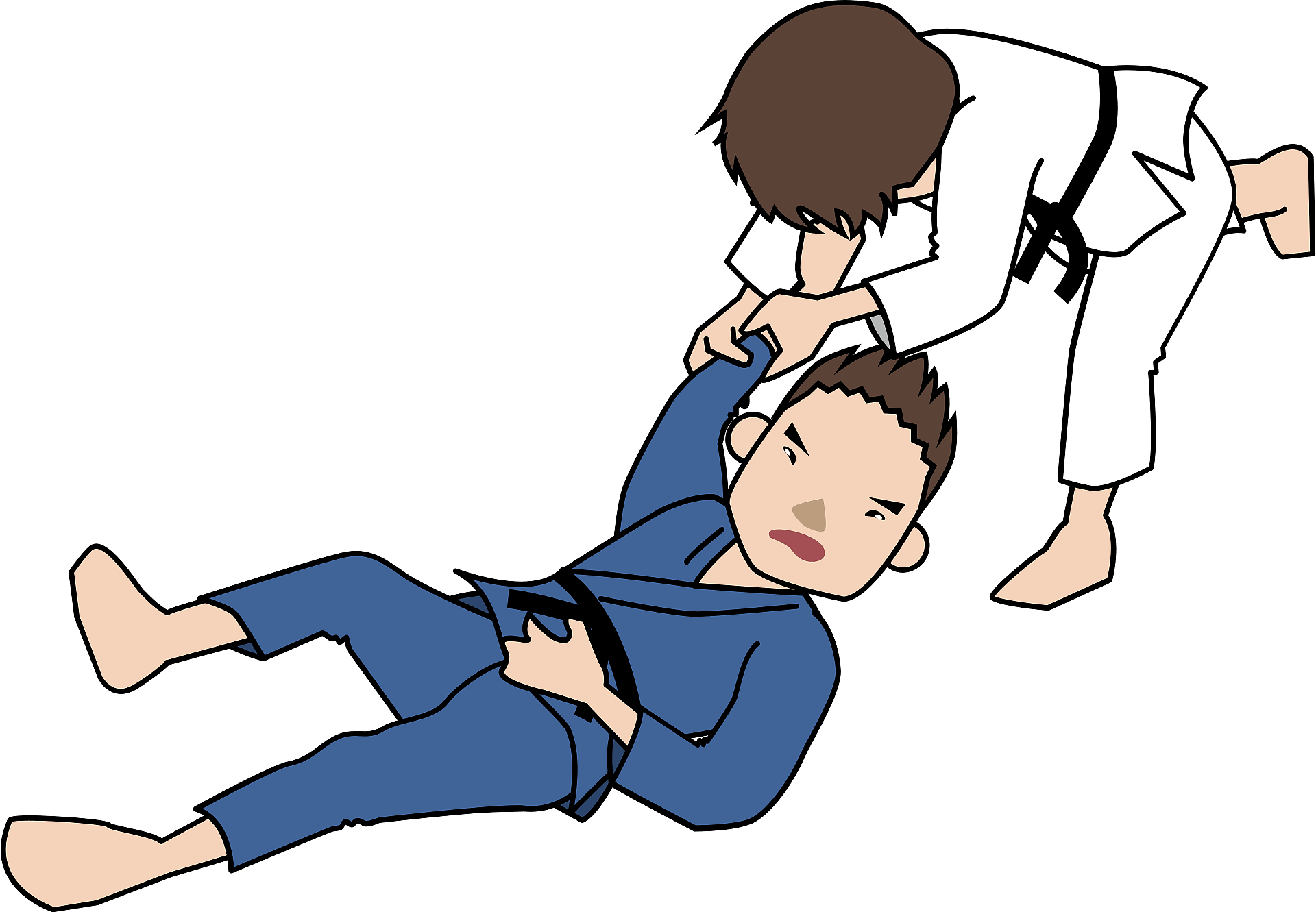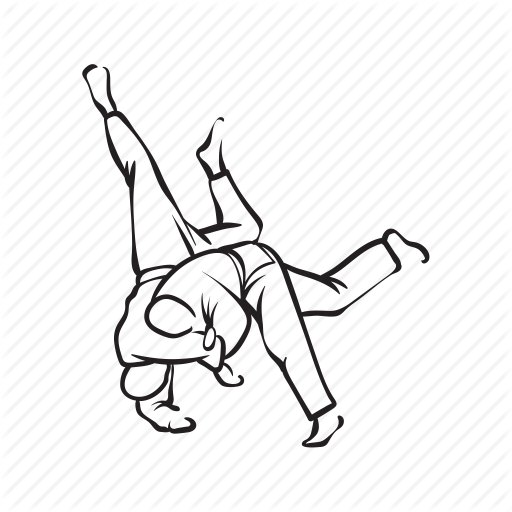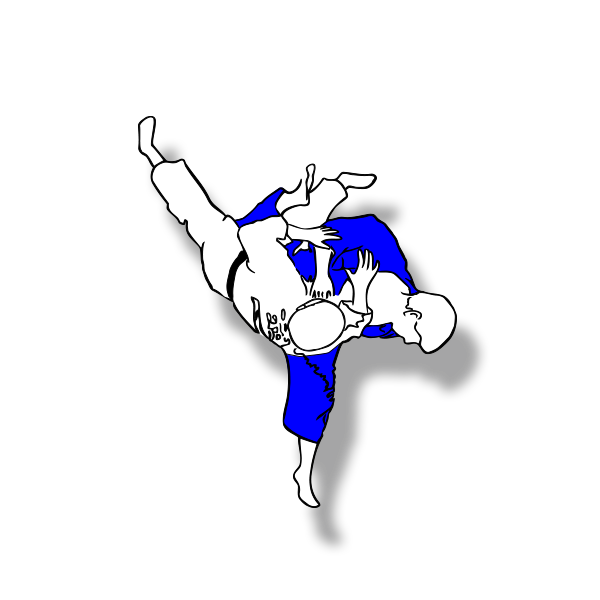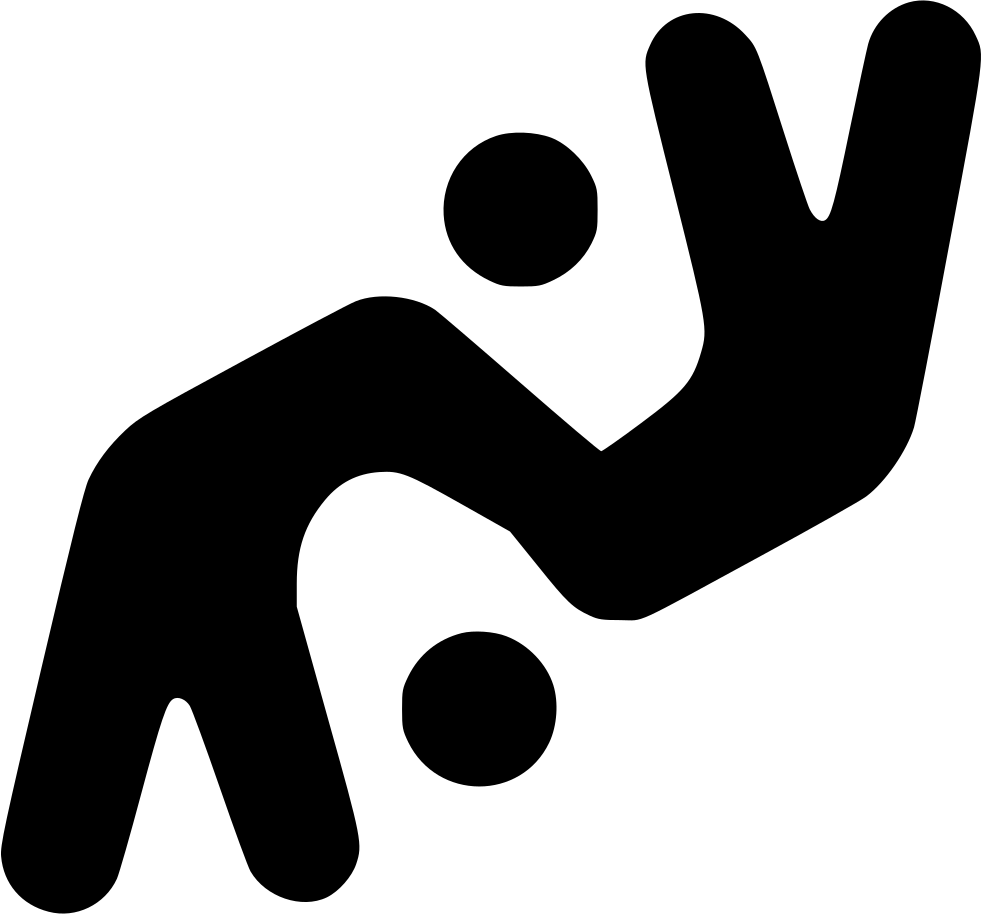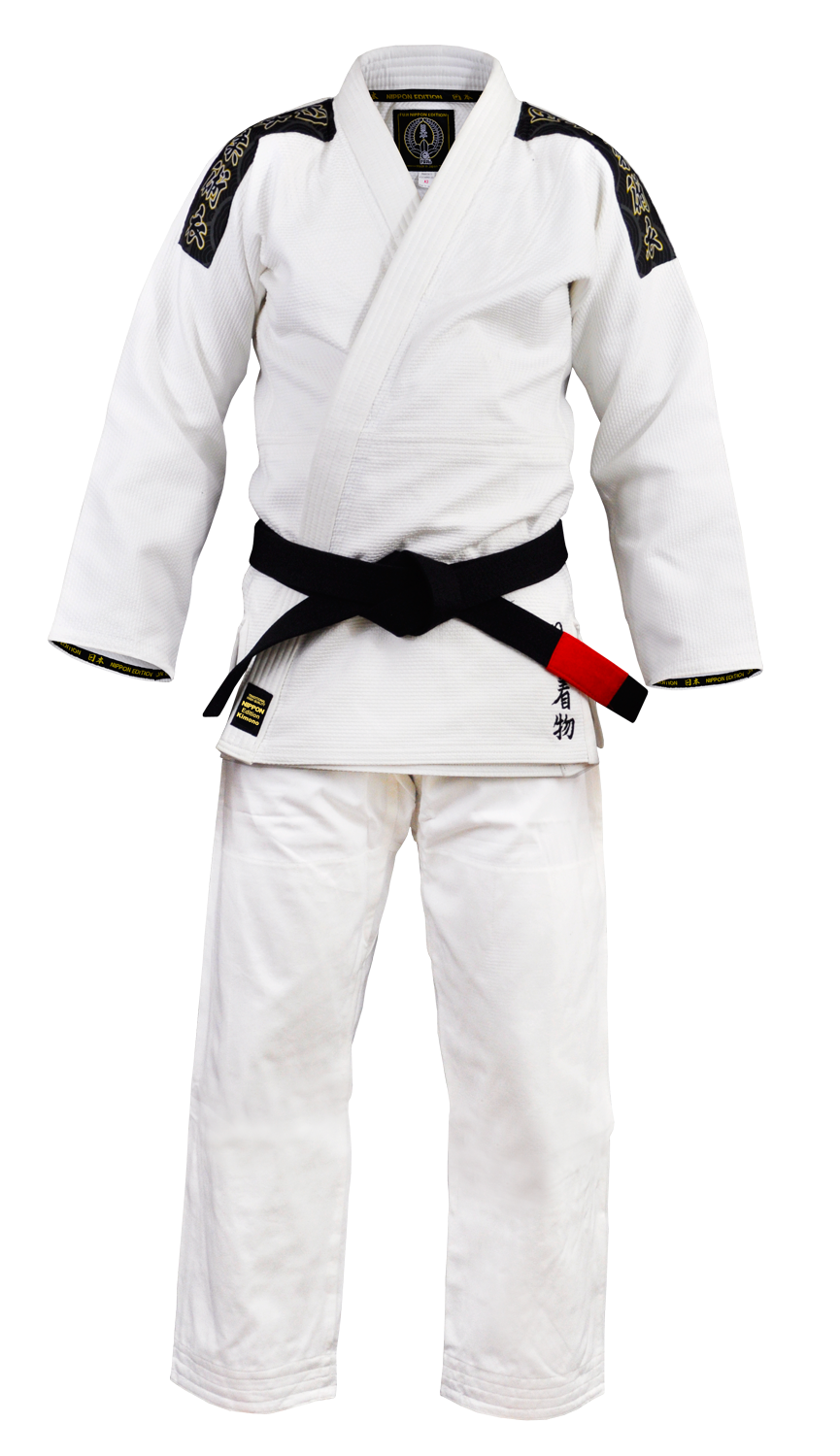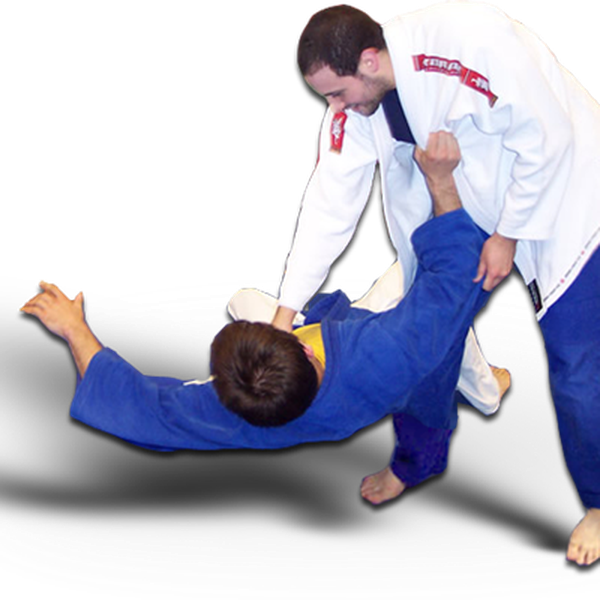Download top and best high-quality free Judo PNG Transparent Images backgrounds available in various sizes. To view the full PNG size resolution click on any of the below image thumbnail.
License Info: Creative Commons 4.0 BY-NC
Judo is a modern Japanese martial art that has grown in popularity to the point where it is now an Olympic and Paralympic sport. Jigoro Kano invented the sport in 1882 as a physical, mental, and moral schooling in Japan. Judo’s most noticeable aspect, derived from jujutsu, is its competitive element, in which the goal is to throw or take down the opponent to the ground, immobilize or otherwise subdue the opponent with a pin, or compel the opponent to submit with a joint lock or a choke. Strikes and thrusts with the hands and feet, as well as weapon defenses, are all elements of judo, but only in pre-arranged forms (kata) and not in judo competition or free practice (randori).
Until the establishment of the Olympic event, it was also known as Kan Jiu-Jitsu. A judoka is a judo practitioner, and the judo costume is known as a “judogi.”
Judo’s ideology and subsequent methodology served as a model for various modern Japanese martial arts that arose from kory (traditional schools). Judo has inspired a variety of martial arts throughout the world, including Brazilian jiu-jitsu, Krav Maga, Sambo, and ARB. Close-quarters combat (CQC), mixed martial arts (MMA), shoot wrestling, and submission wrestling were all influenced by Judo.
The inventor of judo, Japanese polymath and educator (Kan Jigor, 1860″1938), born Shinnosuke Jigor, is inextricably linked to the sport’s early origins. Kano was born into a middle-class household. Jirosaku, his father, was the second son of the Shinto Hiyoshi shrine’s chief priest in Shiga Prefecture.
He married Sadako Kano, the daughter of the Kiku-Masamune sake brewing company’s owner, and was adopted by the family, taking the surname Kano. He eventually rose through the ranks of the Shogunal government.
Jigoro Kano was raised in an intellectual environment and began studying English, shod, and the Four Confucian Texts (Shisho) at the age of seven. Kano started boarding at Ikuei-Gijuku in Shiba, Tokyo, when he was fourteen years old.
Early attempts to locate a jujutsu instructor ready to take him on were unsuccessful. In an increasingly westernized Japan, jujutsu had fallen out of favor. Many former teachers had been driven out of the profession or had gotten so disillusioned with it that they had just given up.
Nakai Umenari, a veteran soldier and a friend of Kan’s father, agreed to show him kata but not to teach him. Katagiri Ryuji, the custodian of Jirosaku’s second residence, knew jujutsu but refused to teach it because he considered it was no longer useful. Imai Genshiro of the Kyshin-ry style of jujutsu, another frequent visitor, also declined. He had to wait several years before he found a willing teacher.
Kano learnt in 1877 while a student at the Tokyo-Kaisei school (soon to become part of the newly created Tokyo Imperial University) that many jujutsu professors had been compelled to explore alternate vocations, with many of them founding Seikotsu-in (ancient osteopathy practices).
Kano was directed to Fukuda Hachinosuke (c. 1828″1880), an instructor of the Tenjin Shin’y-ry of jujutsu who had a little nine mat dojo where he taught five pupils after looking at a number of them. Fukuda is claimed to have prioritized technique above formal exercise, laying the groundwork for Kano’s judo emphasis on randori (free practice).
Download Judo PNG images transparent gallery.
- Judo PNG Photos
Resolution: 800 × 800
Size: 676 KB
Image Format: .png
Download
- Judo Transparent
Resolution: 2048 × 2048
Size: 2417 KB
Image Format: .png
Download
- Judo Belt PNG
Resolution: 479 × 185
Size: 18 KB
Image Format: .png
Download
- Judo Martial Arts PNG Images
Resolution: 600 × 600
Size: 19 KB
Image Format: .png
Download
- Judo Belt
Resolution: 1200 × 463
Size: 66 KB
Image Format: .png
Download
- Judo PNG Cutout
Resolution: 671 × 833
Size: 395 KB
Image Format: .png
Download
- Judo Kimono PNG Image
Resolution: 894 × 894
Size: 620 KB
Image Format: .png
Download
- Judo PNG Free Image
Resolution: 973 × 957
Size: 728 KB
Image Format: .png
Download
- Judo Kimono
Resolution: 963 × 785
Size: 390 KB
Image Format: .png
Download
- Judo Kimono PNG File
Resolution: 600 × 400
Size: 134 KB
Image Format: .png
Download
- Judo PNG Background
Resolution: 512 × 512
Size: 15 KB
Image Format: .png
Download
- Judo PNG Images
Resolution: 512 × 512
Size: 7 KB
Image Format: .png
Download
- Judo No Background
Resolution: 512 × 512
Size: 5 KB
Image Format: .png
Download
- Judo Kimono PNG Photo
Resolution: 512 × 512
Size: 24 KB
Image Format: .png
Download
- Judo PNG Clipart
Resolution: 992 × 621
Size: 19 KB
Image Format: .png
Download
- Judo Background PNG
Resolution: 992 × 621
Size: 10 KB
Image Format: .png
Download
- Judo Belt PNG Pic
Resolution: 1280 × 801
Size: 68 KB
Image Format: .png
Download
- Judo Martial Arts Transparent
Resolution: 512 × 512
Size: 155 KB
Image Format: .png
Download
- Judo Martial Arts PNG Image
Resolution: 520 × 523
Size: 115 KB
Image Format: .png
Download
- Judo Martial Arts PNG Cutout
Resolution: 1180 × 921
Size: 152 KB
Image Format: .png
Download
- Judo
Resolution: 512 × 512
Size: 26 KB
Image Format: .png
Download
- Judo Martial Arts PNG Pic
Resolution: 563 × 544
Size: 394 KB
Image Format: .png
Download
- Judo Martial Arts PNG
Resolution: 459 × 593
Size: 319 KB
Image Format: .png
Download
- Judo PNG
Resolution: 529 × 481
Size: 71 KB
Image Format: .png
Download
- Judo Martial Arts PNG File
Resolution: 461 × 537
Size: 147 KB
Image Format: .png
Download
- Judo PNG Pic
Resolution: 595 × 355
Size: 207 KB
Image Format: .png
Download
- Judo PNG Image
Resolution: 561 × 629
Size: 152 KB
Image Format: .png
Download
- Judo PNG File
Resolution: 495 × 490
Size: 310 KB
Image Format: .png
Download
- Judo PNG Photo
Resolution: 583 × 612
Size: 22 KB
Image Format: .png
Download
- Judo Martial Arts PNG Photo
Resolution: 1580 × 1179
Size: 190 KB
Image Format: .png
Download
- Judo PNG HD Image
Resolution: 650 × 800
Size: 99 KB
Image Format: .png
Download
- Judo PNG Picture
Resolution: 1920 × 1331
Size: 61 KB
Image Format: .png
Download
- Judo Martial Arts PNG Clipart
Resolution: 512 × 512
Size: 37 KB
Image Format: .png
Download
- Judo PNG Image File
Resolution: 1600 × 1600
Size: 30 KB
Image Format: .png
Download
- Judo PNG Images HD
Resolution: 600 × 600
Size: 51 KB
Image Format: .png
Download
- Judo PNG Image HD
Resolution: 981 × 914
Size: 27 KB
Image Format: .png
Download
- Judo Kimono PNG
Resolution: 512 × 512
Size: 17 KB
Image Format: .png
Download
- Judo Kimono PNG Pic
Resolution: 865 × 1500
Size: 1047 KB
Image Format: .png
Download
- Judo Martial Arts PNG Photos
Resolution: 600 × 600
Size: 333 KB
Image Format: .png
Download
- Judo Martial Arts
Resolution: 512 × 512
Size: 17 KB
Image Format: .png
Download
